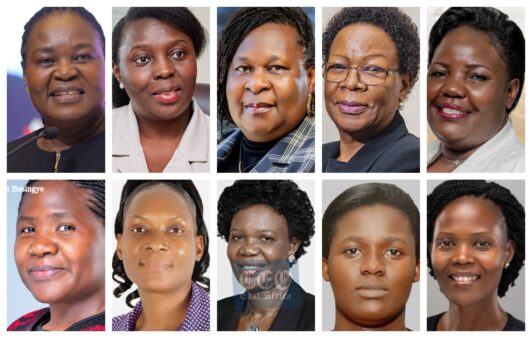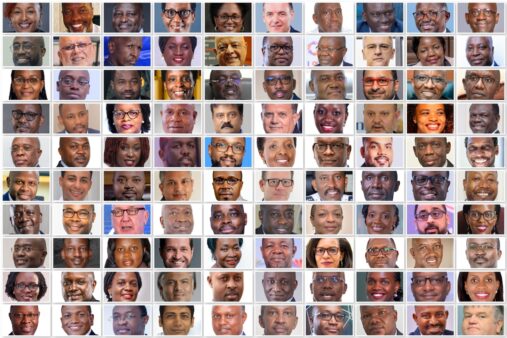The Uganda Electricity Generation Company Limited (UEGCL) is staring at UGX 5 trillion outstanding loan obligations from Karuma and Isimba Hydro Power Projects.
The loan obligations arise from UGX 1.3 trillion construction costs for the 183.2 Megawatts and UGX 3.8 trillion to the 600 Megawatts Karuma Hydro Power Project, according to the Auditor General’s report attached to the 2023 UEGCL annual performance report.
The Auditor General, John Muwanga while assessing UEGCL’s financial statements noted that the company has so far accumulated interest amounting to UGX 447 billion on the Karuma Power Project loan, arising from the power plant’s inability to currently generate revenue due to delayed commissioning.
Meanwhile, despite the commencement of repayment for the Isimba loan, Muwanga said that there was a reduction of only 6%, while the Karuma power plant loan increased by 1% in the current financial year. The decrease in the Isimba loan was due to earnings from energy-based sales rather than capacity, as outlined in the power purchase agreement.
A UEGCL Accounting Officer (name withheld in the report) explained that since the commissioning of Isimba in 2019, only 10% of the loan has been serviced, decreasing it from UGX 1.5 trillion in 2019 to UGX 1.3 trillion in 2022/23.
The energy billing approach has hindered the company’s ability to efficiently service the loan due to lower revenues, despite the Ministry of Finance advising UEGCL to make payments within its capacity, given that the loans are government-guaranteed. UEGCL has outlined short-term strategies, including expediting Karuma’s commissioning and formalising loan repayment top-ups as subsidies.
The medium-term plan involves modifying generation and sales licenses to achieve full revenue recovery in line with the Power Purchase Agreements (PPA) and Financing Agreements for both Karuma and Isimba HPPs. The long-term strategy aims to convert all or part of the loan into equity, enhancing the company’s viability for financing new investments aligned with the approved target of 52,481 Megawatts by 2040.
Liquidity Assessment
Liquidity ratio is assessed by comparing the current assets to the current liabilities and measures a company’s ability to meet short-term financial obligations with its current assets. A current ratio between 1.5 and 2 is desirable. UEGCL’s liquidity ratio as of 30th June 2023 was 0.24 (0.27 as of 30th June 2022), which is below the desirable ratio of 1.5.
Eng. Proscovia Margaret Njuki, the UEGCL Chairperson Board of Directors indicated in the annual report that whereas the company’s total assets increased by 7% to UGX 7.6 trillion in 2022; its non-current liabilities increased by 6 percent to UGX 7.2 trillion from UGX 5.8 trillion.
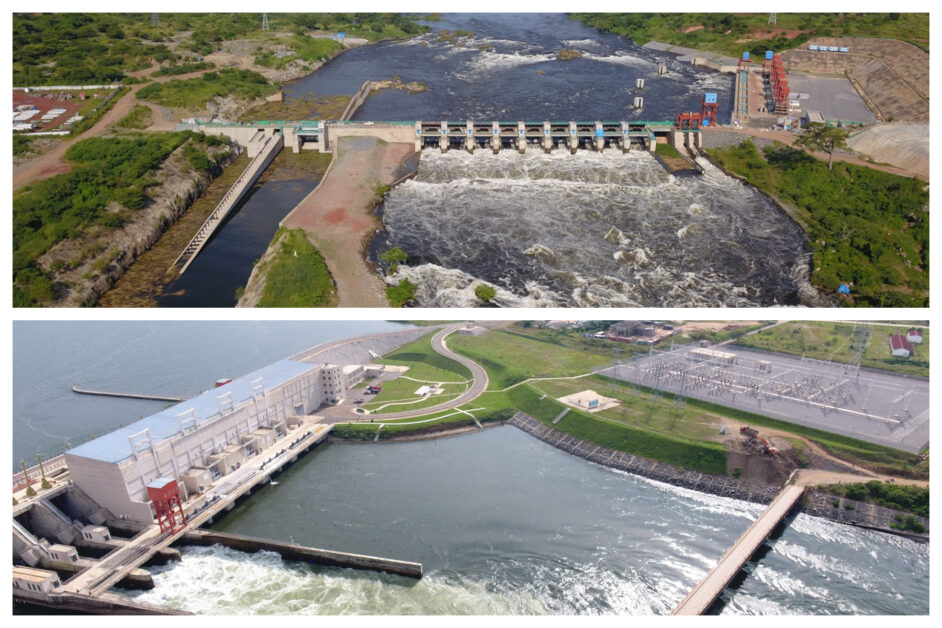
Ms Njuki explained that the increase was due to an increase in loan disbursements for the Karuma Hydropower project and the recognition of retention amounts for both the Karuma and Isimba power projects. This implies that UEGCL’s current assets may not adequately cover its immediate short-term obligations without resorting to external capital or government assistance.
This was attributed to the inclusion of current liabilities from the Isimba loan, recognition of only energy sold, rather than the capacity of the Hydropower project as outlined in the Power Purchasing Agreements which results in a disproportionate increase in short-term obligations compared to current assets. The Auditor General advised UEGCL to engage relevant stakeholders to renegotiate the power purchase agreement, emphasising a shift towards basing power sales on capacity rather than energy sold.
This strategic adjustment is anticipated to establish a more dependable revenue stream, thereby bolstering the company’s liquidity position.
Delayed commissioning
The Karuma power plant was expected to be completed, and commissioned by 1st July 2023, but was postponed for the nth time to August 2024.
China’s Sinohydro Corporation Limited was contracted to begin construction works for the Karuma power plant in 2013. However, 10 years later as of 30th June 2023, physical progress for the Karuma plant was recorded at 99.9% while financial progress stood at 98.39%.
Muwanga said whereas the expected project duration was 60 months ( 5 years), the actual duration is currently at 114 months (9.5 years) which signifies a delay of 54 months (4.5 years). The delays have been attributed to setbacks in “critical activities” at the power plant which impeded progress resulting in the extension of completion timelines. As a result, there have been additional costs related to project monitoring and commitment fees on undisbursed amounts.
Furthermore, the delay has resulted in the delayed realisation of revenue and other benefits expected from the hydropower plant, which has impacted the company’s overall financial performance.
A UEGCL Accounting Officer stated that four out of the six units of the plant are already generating power and available to the grid.
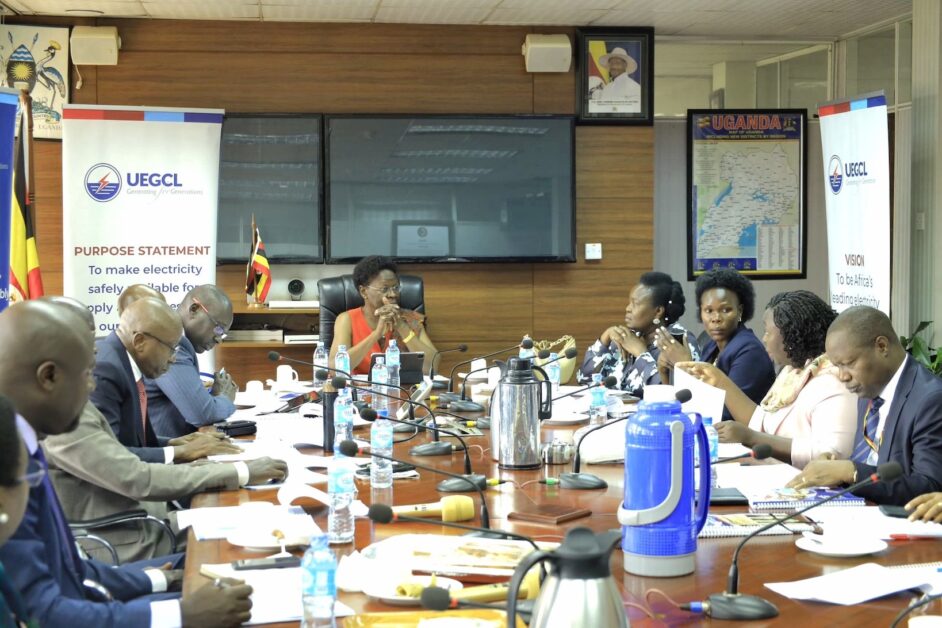
The Karuma’s power project total project cost stands at USD 1.6 billion (now valued at UGX 6 trillion) of which 85%, an equivalent of USD 1.4 billion (UGX 5.4 trillion) was loaned by the EXIM Bank of China, while the Uganda government financed 15%, an equivalent of USD 253 million (UGX 952 billion).
Of that amount, USD 789.3 million ( UGX 2.9 trillion) was loaned at 2 per cent per annum, repayable over 20 years, while USD 645.82 million ( UGX 2.4 trillion) attracts 4 per cent interest, payable over 15 years, effective the day the dam is fully commissioned.
Isimba defects
The Isimba Hydro Power Plant whose construction commenced in 2015 and was commissioned in 2019 with an installed generation capacity of 183.2MegaWatts.
The China International Water and Electricity Corporation was contracted for the Isimba project.
However, in August 2022, the dam was flooded necessitating an emergency shutdown to protect the equipment, and the power house facility and save the lives of the staff on site.
The contractor was issued with 776 snags to rectify, out of which only 763 (98%) have been fixed. The 13 unrectified snags have been outstanding since March 2019, despite the expiry of the defects liability period on 31st March 2023. The outstanding snags, among others, include; the commissioning of fire detection and fighting systems, dam break analysis, commissioning of sewage and water treatment plant, approved operations and maintenance manuals. The delay in completion of the snags has resulted in; increased cost of constructing the plant due to increased supervision and monitoring costs.
Furthermore, the planned rectification of defects in the financial year 2023/2024 is estimated to reduce plant availability to 83.97% which will result in a loss of revenue.
The UEGCL Accounting Officer explained that the identified snags are under rectification by the EPCC, expected to be completed by December 2025, as per the issued Project Implementation Schedule (PIS).
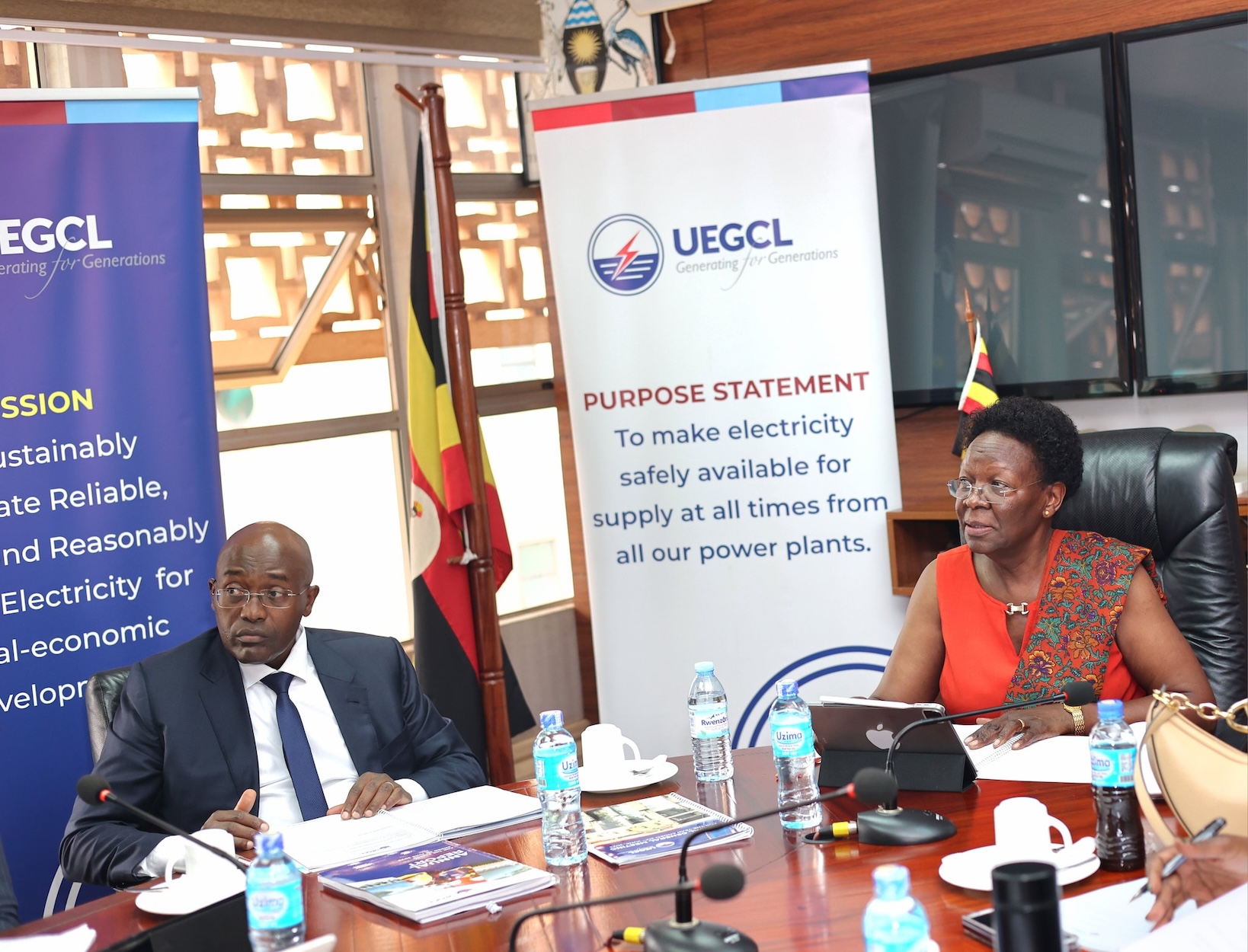
 Redefining the CFO Role in Oil and Gas: Inside How UNOC’s Emmanuel Mugagga Is Executing Strategy for National Impact
Redefining the CFO Role in Oil and Gas: Inside How UNOC’s Emmanuel Mugagga Is Executing Strategy for National Impact
